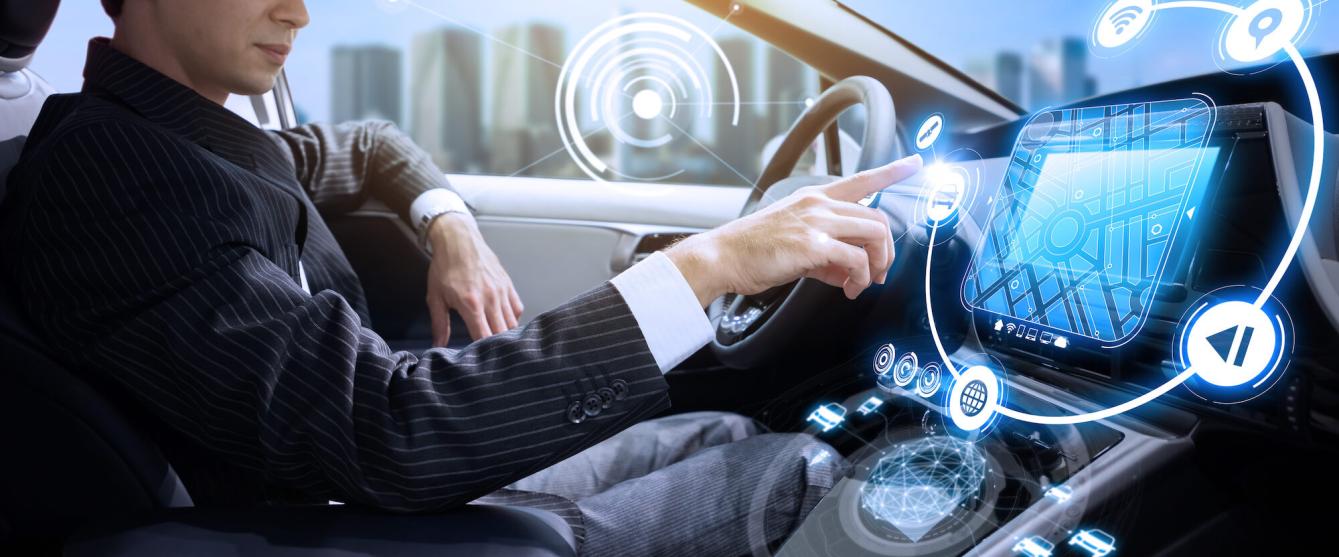How Can AI-Powered Transportation Improve Urban Mobility?
In the bustling metropolises of today, urban mobility stands as a critical challenge, demanding innovative solutions to address congestion, pollution, and safety concerns. Artificial intelligence (AI) emerges as a beacon of hope, promising to revolutionize transportation systems and reshape the way we move within our cities.

Defining AI-Powered Transportation And Its Significance
AI-powered transportation encompasses a wide range of technologies that leverage artificial intelligence to enhance the efficiency, safety, and sustainability of transportation systems. These technologies include autonomous vehicles, AI-powered traffic management systems, smart public transportation networks, and electric and hybrid vehicles equipped with AI capabilities.
The significance of AI-powered transportation lies in its potential to address the pressing challenges faced by urban mobility. By optimizing traffic flow, enhancing public transportation, improving road safety, and reducing emissions, AI-powered transportation can transform our cities into more livable, sustainable, and efficient spaces.
Benefits Of AI-Powered Transportation In Urban Mobility
- Improved Traffic Flow: AI-powered traffic management systems can analyze real-time data to optimize signal timings, reducing congestion and improving traffic flow. They can also detect and respond to traffic incidents more efficiently, minimizing disruptions.
- Enhanced Public Transportation: AI-powered scheduling and routing systems can optimize public transit networks, reducing wait times and improving connectivity. Real-time passenger information systems can enhance the user experience, providing accurate arrival and departure times.
- Safer Roads: AI-powered autonomous vehicles have the potential to eliminate human error, a major cause of accidents. Advanced driver assistance systems (ADAS) can provide warnings and interventions to prevent collisions, enhancing road safety for all.
- Reduced Emissions: AI-powered transportation systems can optimize vehicle routing and reduce idling time, leading to lower emissions. Electric and hybrid vehicles powered by AI can further reduce emissions, contributing to cleaner air and a healthier environment.
Challenges And Considerations
While AI-powered transportation holds immense promise, it also presents several challenges that need to be addressed.
Data Privacy And Security

AI systems rely on large amounts of data, raising concerns about privacy and security. Measures must be taken to protect sensitive personal information, ensuring that it is collected, stored, and used responsibly.
Ethical And Legal Considerations
The use of AI in transportation raises ethical questions, such as liability in accidents involving autonomous vehicles. Legal frameworks need to be developed to address these issues, ensuring the safe and responsible implementation of AI-powered transportation systems.
Infrastructure Requirements
AI-powered transportation systems require advanced infrastructure, such as sensors, cameras, and communication networks. Investments in infrastructure are necessary to support the deployment and operation of AI-powered transportation systems.
Case Studies And Examples
Cities around the world are already exploring and implementing AI-powered transportation initiatives, showcasing the potential benefits and challenges of this emerging field.
Singapore
Singapore stands as a frontrunner in AI-powered transportation. The city-state has invested heavily in smart traffic management systems, autonomous vehicle trials, and electric vehicle infrastructure. Singapore's efforts have resulted in reduced congestion, improved air quality, and enhanced public transportation efficiency.
San Francisco
San Francisco has implemented an AI-powered traffic management system that has effectively reduced congestion in the city. The system uses real-time data to optimize signal timings and respond to traffic incidents, improving traffic flow and reducing travel times.
Future Outlook And Trends
AI-powered transportation is poised for continued growth and innovation, driven by emerging technologies and evolving policy landscapes.
Emerging Technologies
Emerging technologies, such as 5G networks, edge computing, and blockchain, have the potential to further enhance the capabilities and performance of AI-powered transportation systems. These technologies will enable faster data transmission, improved decision-making, and increased security.
Policy And Regulation
Policy and regulation will play a crucial role in shaping the future of AI-powered transportation. Governments, industry, and academia need to collaborate to develop policies that promote innovation, ensure safety, and address ethical and legal concerns.
AI-powered transportation holds immense promise for revolutionizing urban mobility, addressing challenges such as congestion, pollution, and safety. By optimizing traffic flow, enhancing public transportation, improving road safety, and reducing emissions, AI-powered transportation can create more livable, sustainable, and efficient cities.
However, to fully realize the potential of AI-powered transportation, we must address challenges related to data privacy, ethical and legal considerations, and infrastructure requirements. Collaboration between governments, industry, and academia is essential to develop policies, regulations, and standards that promote innovation, ensure safety, and protect the rights of individuals.
As AI-powered transportation continues to evolve and mature, we can look forward to a future where our cities are transformed into vibrant hubs of connectivity, efficiency, and sustainability, where transportation is seamless, safe, and environmentally friendly.
YesNo

Leave a Reply